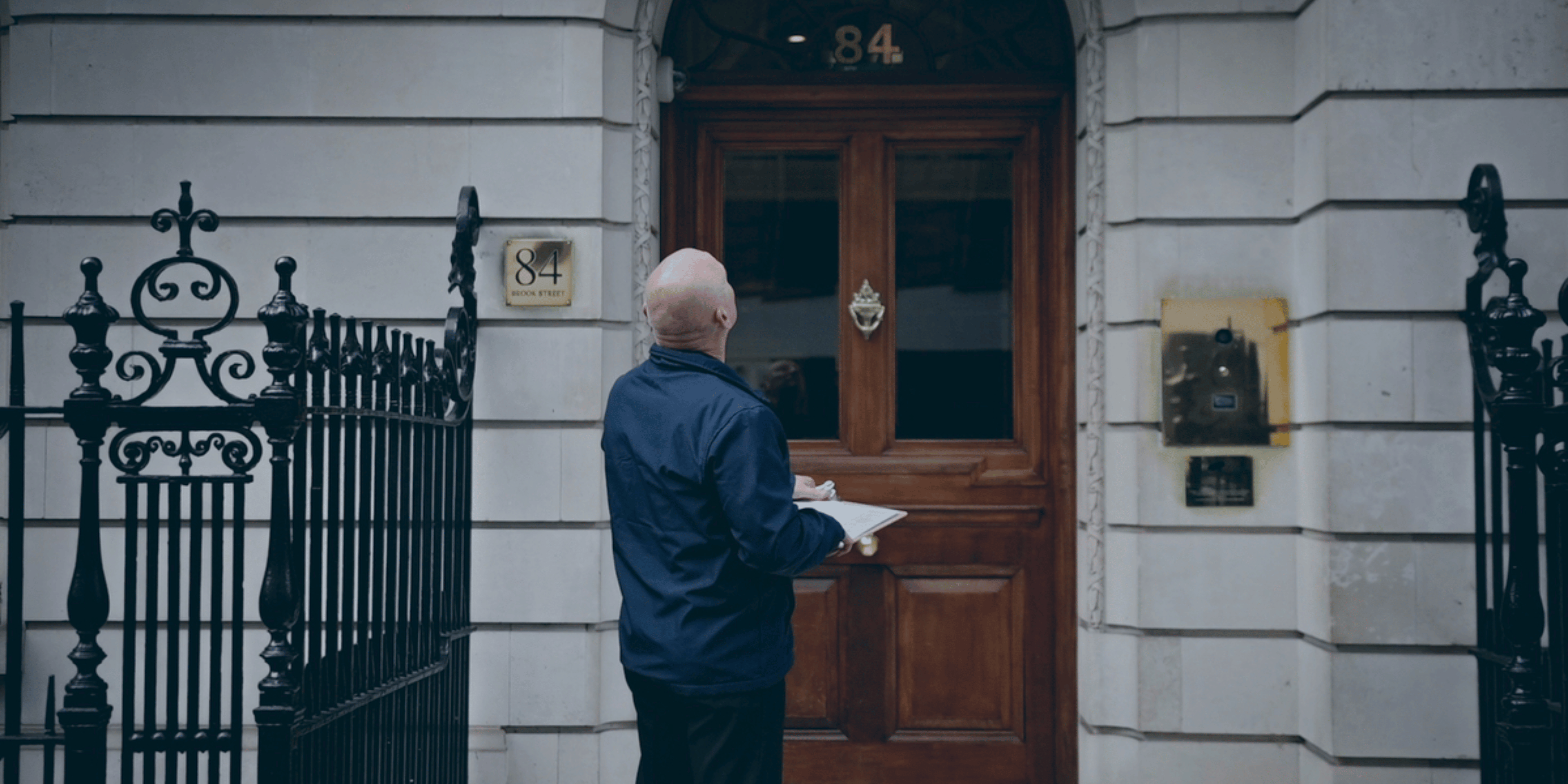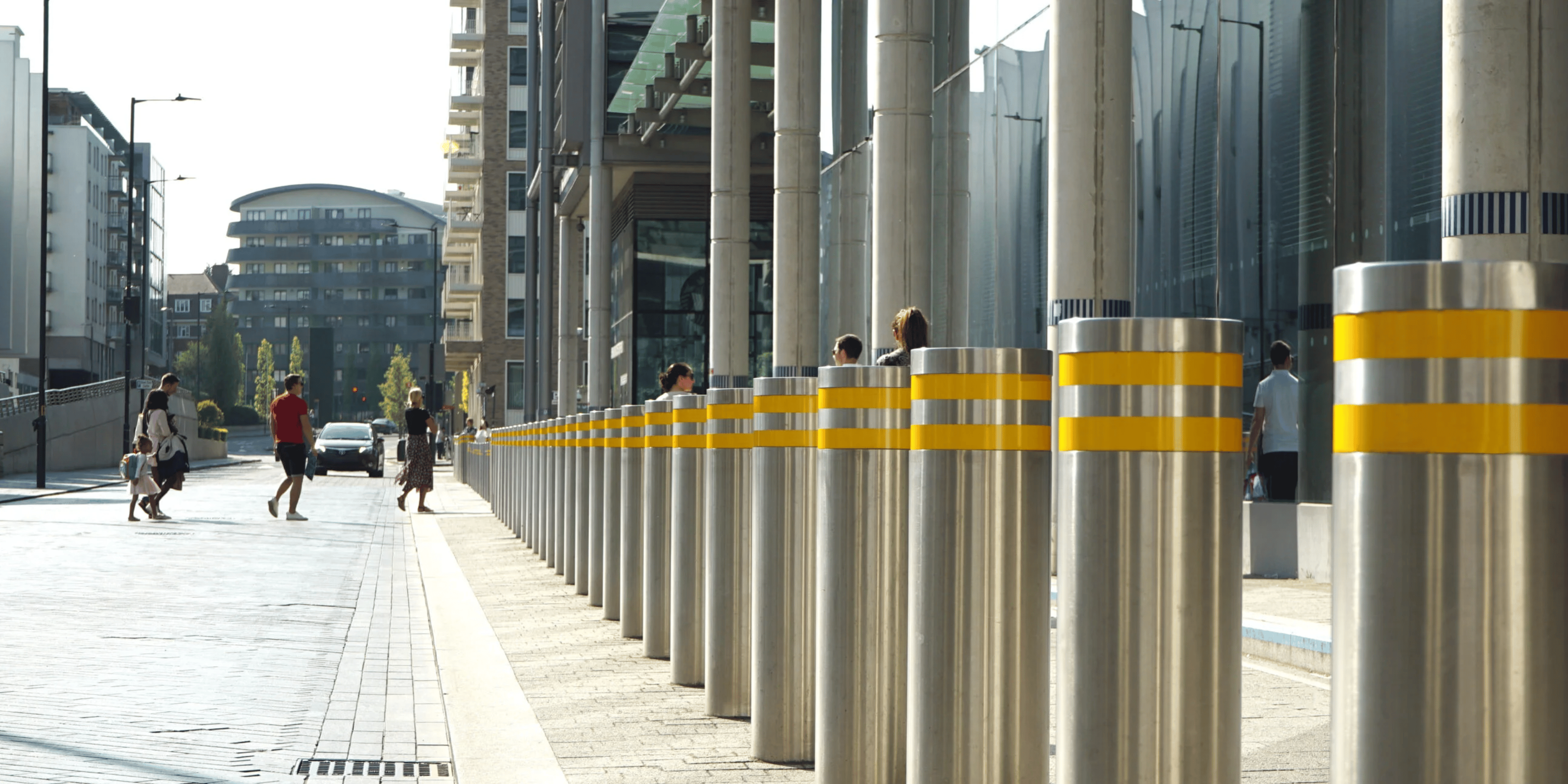
Maximize Site Safety: Using Drones for Security in Construction
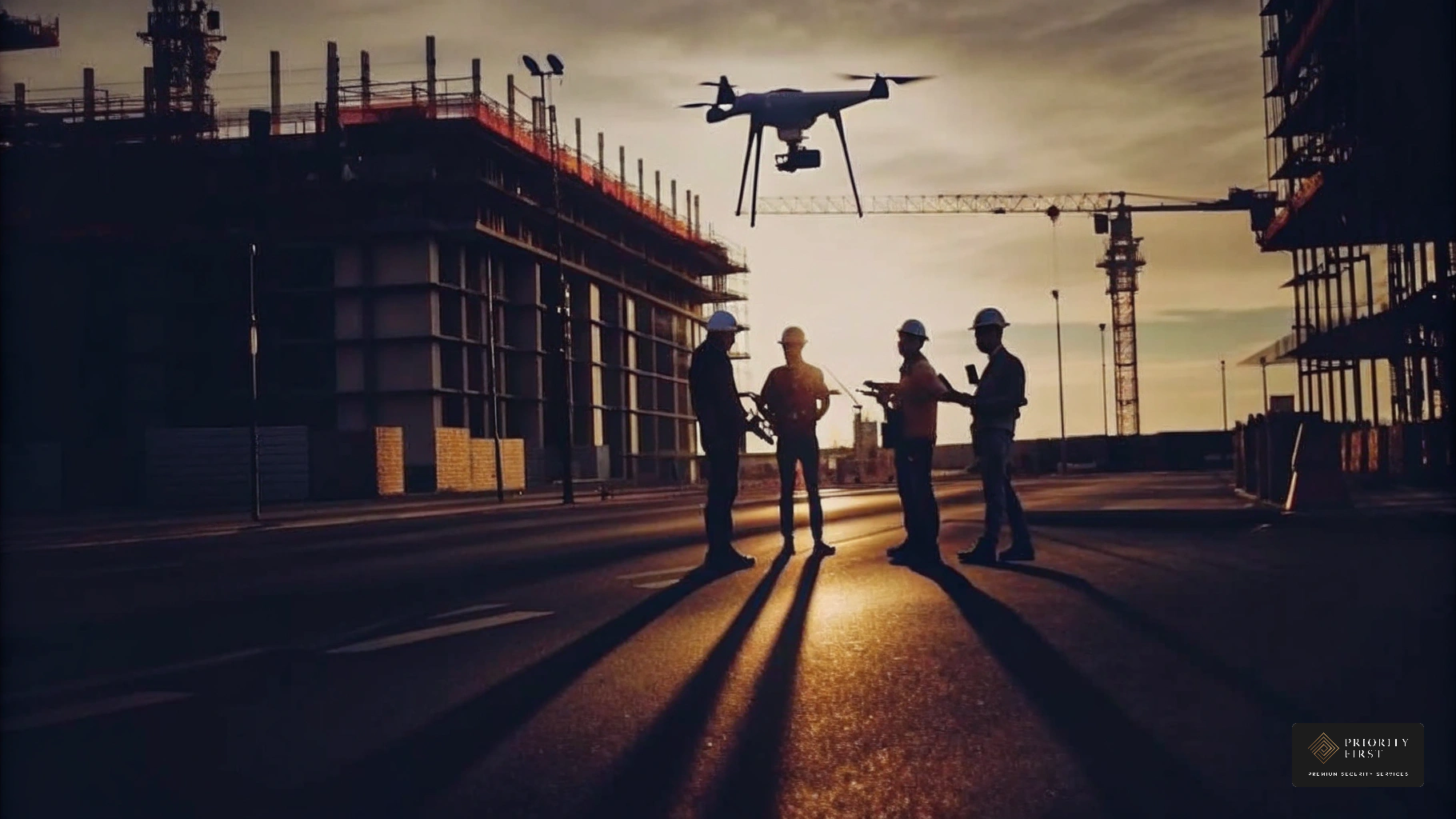
Overview
Drones are transforming construction site security by offering advanced surveillance capabilities that enhance safety and incident response times. Their ability to conduct real-time monitoring, detect unauthorised access, and integrate with existing security systems significantly mitigates risks such as theft and vandalism. This improvement in overall site safety is not merely a technological advancement; it represents a critical business function often underestimated in the construction industry.
Ignoring the potential risks associated with inadequate security measures can have serious consequences for businesses. Financial losses from theft can be substantial, with construction theft costing UK businesses over £1 million a week. Operational disruptions and reputational damage are further implications that can arise from security oversights.
In practise, Priority First offers a pragmatic solution to these challenges. By implementing sophisticated drone surveillance, we provide a robust layer of security that not only protects assets but also ensures business continuity. Our track record includes securing over £1.6 billion in assets, demonstrating our commitment to safeguarding construction sites effectively.
The lesson is clear: early investment in security technology is essential to prevent greater losses later. By prioritising these measures, construction businesses can enhance their resilience and maintain operational integrity in an increasingly competitive landscape.
Introduction
Drones are transforming construction site security, offering advanced surveillance capabilities that traditional methods cannot match. Their ability to deliver real-time monitoring, high-resolution imaging, and swift area coverage makes these unmanned aerial vehicles essential for enhancing safety and mitigating risks in construction environments.
The reality is that as drone technology becomes more integrated into operations, construction teams face critical questions:
- How can they effectively implement these aerial solutions while navigating regulatory challenges and ensuring operational efficiency?
- Ignoring these considerations could lead to significant financial, operational, and reputational consequences.
Exploring the multifaceted benefits and best practises of drone usage in construction security reveals a pathway not only to safeguard assets but also to streamline operations in an increasingly complex industry.
Understand Drone Technology for Security Applications
Drones, or unmanned aerial vehicles (UAVs), are transforming surveillance operations with advanced technologies such as high-resolution cameras, thermal imaging, and GPS systems. These capabilities enable them to perform various protective tasks, including aerial surveillance, real-time monitoring, and data collection. Understanding the different types of unmanned aerial vehicles—fixed-wing, multirotor, and hybrid—is crucial for teams selecting the most suitable aircraft for specific applications. For example, multirotor aircraft excel in short-range surveillance, while fixed-wing vehicles are designed to efficiently cover larger areas.
In 2025, the integration of unmanned aerial vehicles into protective strategies is increasingly vital, particularly concerning building area safety. A drone for security can swiftly survey large areas, providing live video streams that empower security teams to assess threats and respond promptly. This capability significantly enhances incident response times, often surpassing traditional patrol methods. Practical applications, such as the use of drone for security and oversight of building areas, have demonstrated their effectiveness in reducing unauthorized access and improving overall safety.
Moreover, as the regulatory landscape evolves, understanding unmanned aircraft regulations and operational guidelines is essential for ensuring compliance and safety during operations. For instance, building locations must adhere to specific FAA guidelines regarding unmanned aerial vehicle flight paths and operational restrictions. This critical knowledge enables personnel to deploy unmanned aerial vehicles effectively, maximizing their capabilities in and other essential areas. As industry experts highlight, the integration of AI with drone for security technology is revolutionizing protective operations, facilitating quicker, more informed responses to potential threats.
Alongside Priority First's tailored protection solutions, such as key holding, CCTV surveillance, and alarm response, the use of a drone for security can further enhance location safety and operational efficiency. The challenges faced during the development of the multi-use complex on Kings Road, which involved managing a mix of residential and commercial occupants and heavy foot traffic, underscore the importance of integrating aerial technology with existing protective measures. Case studies like 'Aerial Monitoring for Construction Area Security' illustrate the tangible benefits of using a drone for security in enhancing location safety.
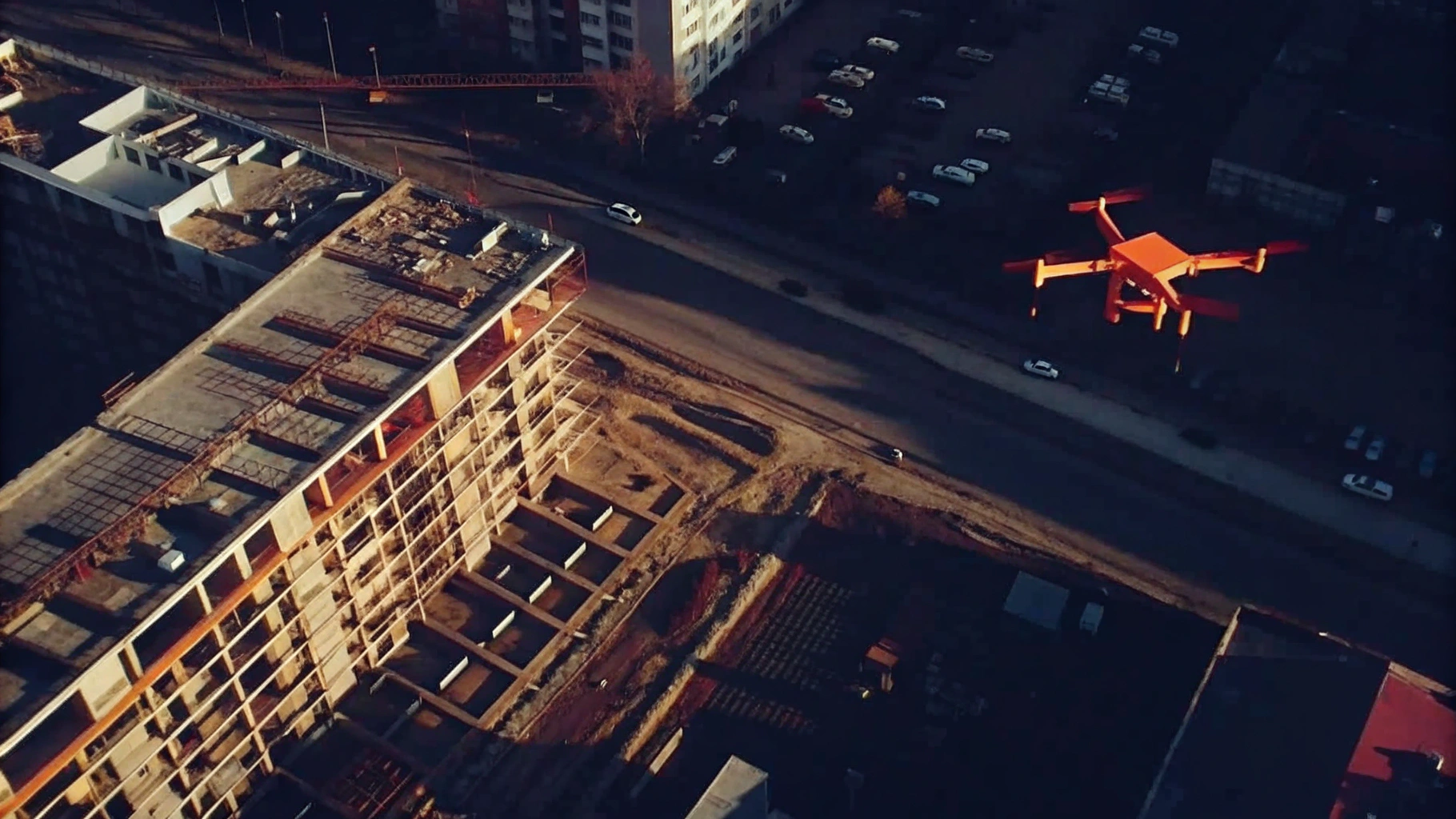
Leverage Drones for Enhanced Security and Surveillance
A drone for security is revolutionising safety and monitoring in construction areas by delivering instantaneous aerial perspectives that traditional methods cannot match. Their capacity to quickly patrol extensive areas with a drone for security allows them to cover blind spots and access hard-to-reach locations. For example, unmanned aerial vehicles equipped with thermal cameras can detect heat signatures, effectively identifying unauthorised personnel or unattended equipment. Regular patrols by these vehicles, particularly during non-working hours, serve as a preventive strategy against theft and vandalism, similar to how a drone for security can enhance surveillance. This is crucial, considering that on construction sites often exceed the costs of using a drone for security.
Case studies from Priority First, such as the multi-use complex in Chelsea, London, illustrate the efficacy of aerial surveillance in mitigating theft incidents. At this site, unmanned aerial vehicles conducted automated patrols, leading to a significant reduction in unauthorised access and theft of valuable equipment. The integration of a drone for security with existing systems, including Priority First's comprehensive CCTV surveillance and alarm response services, facilitated prompt notifications to security personnel, enabling swift responses to potential threats. Automated systems capture and preserve footage for criminal investigations, enhancing legal compliance and evidence collection.
Moreover, unmanned aerial vehicles are instrumental in safety inspections, capturing high-resolution images of structures that aid in the early detection of potential hazards. This capability not only enhances safety on-site but also simplifies compliance with safety regulations. However, project supervisors must remain cognisant of data protection laws when employing unmanned aerial vehicles, as filming individuals or property without consent can result in legal complications. By implementing a comprehensive aerial monitoring programme alongside Priority First's tailored protective solutions, project managers can expect a notable reduction in incident occurrences and an overall improvement in safety, thereby positioning their projects for success.
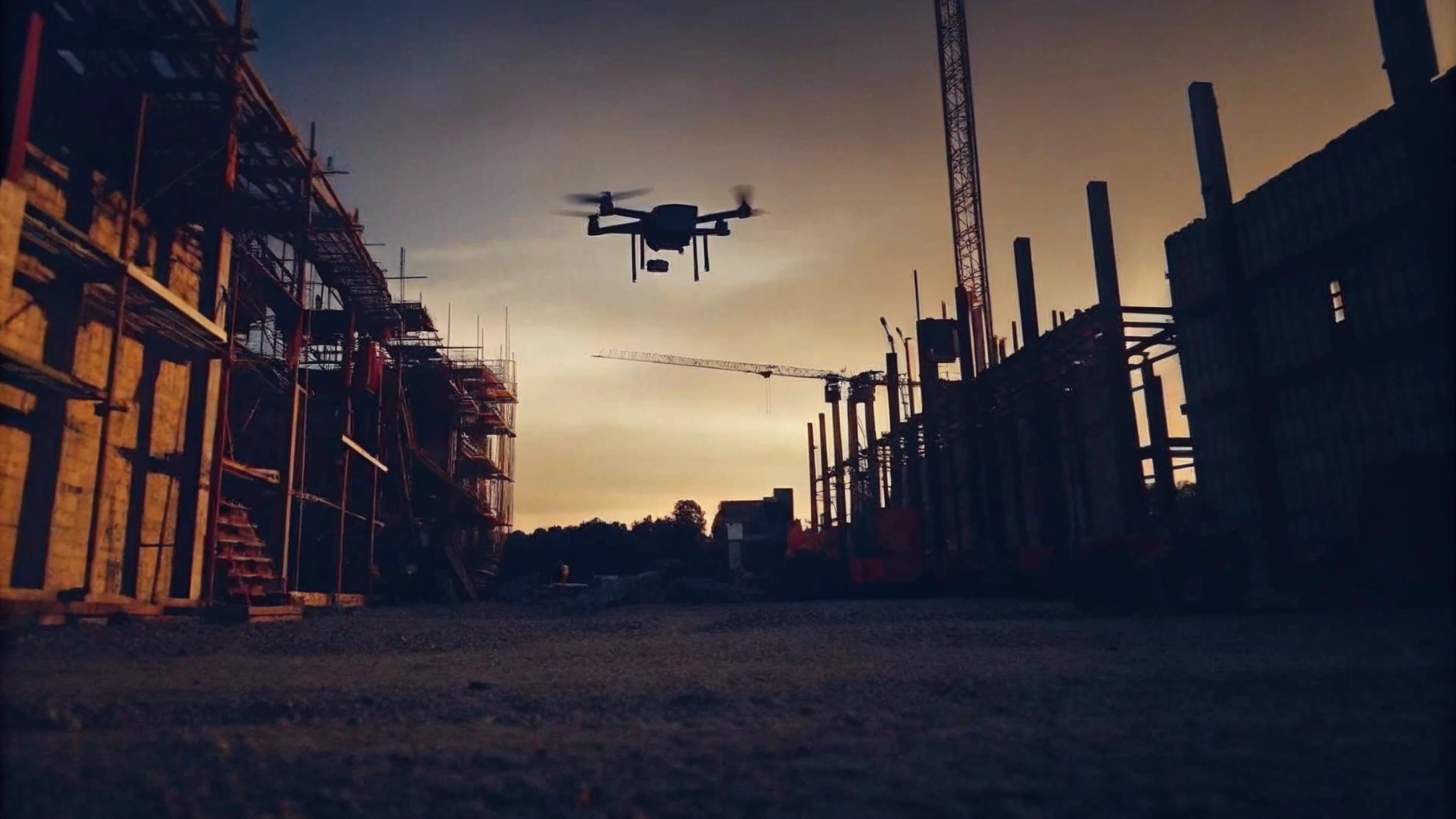
Integrate Drones into Your Security Strategy
To address the pressing security challenges faced by construction sites in the UK, it is essential to recognise that theft costs businesses over £800 million annually. This staggering figure underscores the financial implications of inadequate security measures. For construction projects, the consequences of ignoring these risks can be severe, leading to not only financial loss but also operational disruptions and reputational damage.
Incorporating a drone for security into your protection plan can significantly mitigate these risks. Start with a thorough risk evaluation of the construction area to identify where these vehicles can provide the greatest benefit, such as monitoring boundaries and conducting safety checks. Collaborating closely with safety staff to establish clear protocols for unmanned aerial vehicle operations—including designated flight paths, data collection methods, and emergency response procedures—is crucial.
Training personnel on the is essential for ensuring seamless operations. Furthermore, integrating aerial data with existing surveillance systems, such as CCTV and alarm systems, creates a cohesive protection network. This integration not only enhances situational awareness but also facilitates quicker response times to potential threats.
The lesson is clear: proactive security measures are not just an expense; they are integral to business continuity. By utilising a drone for security, construction sites can significantly reduce vulnerabilities and enhance overall safety, ultimately safeguarding their investments and ensuring resilience against theft.
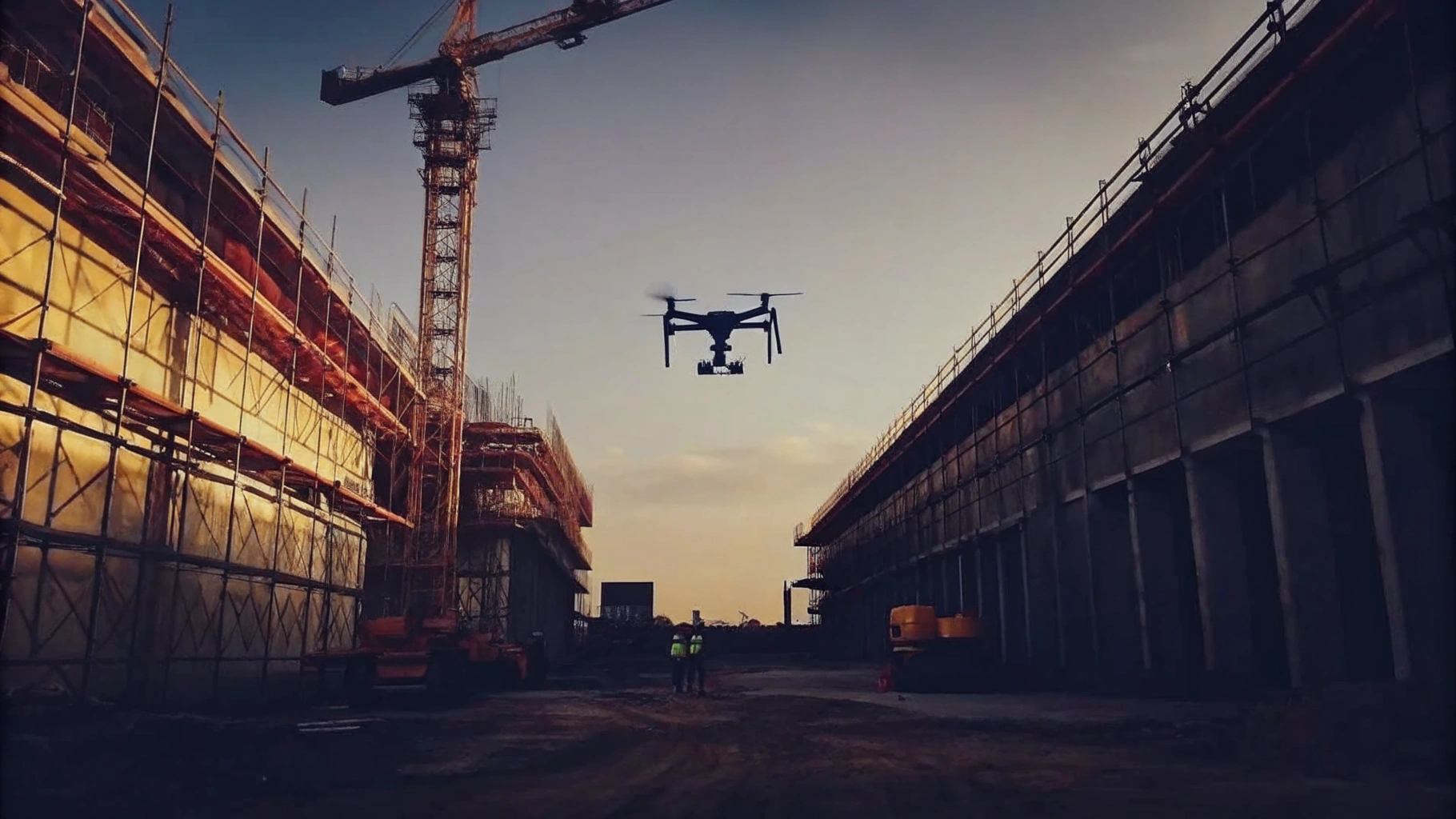
Maintain and Optimize Drone Operations for Security
Maintaining and optimising aerial vehicle operations is essential for effective business practises. Regular maintenance checks are crucial, focusing on:
- Battery health
- Propellers
- Software updates
Establishing a routine for cleaning sensors and cameras ensures high-quality data capture, which is vital for operational success. Furthermore, analysing flight data allows businesses to identify patterns and areas for improvement, such as:
- Adjusting flight paths for enhanced coverage
- Modifying operational protocols in response to drone security incidents
Training sessions must be held regularly to keep staff informed about the and operational techniques. The reality is that prioritising maintenance and optimization directly impacts the reliability of drone operations on construction sites. By investing in these practises, businesses can enhance their operational efficiency, ensuring that aerial vehicle operations remain effective and contribute to overall business resilience.
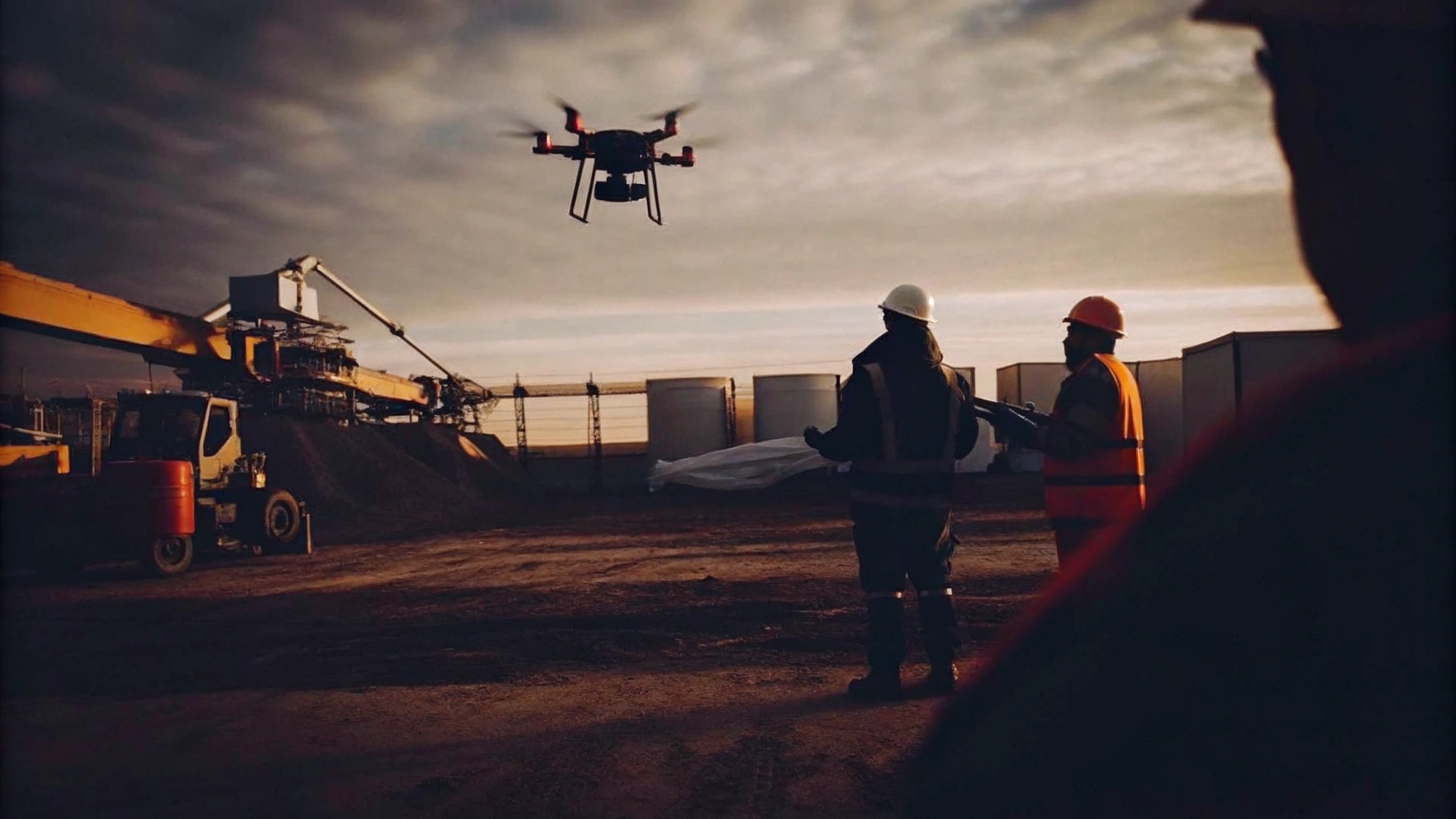
Conclusion
Drones are fundamentally transforming security protocols within the construction industry, presenting innovative solutions that significantly bolster site safety. By utilising advanced technologies such as high-resolution cameras and thermal imaging, these unmanned aerial vehicles execute critical surveillance tasks with greater efficiency than traditional methods. The integration of drones into security strategies not only enhances incident response times but also mitigates unauthorised access and theft, establishing them as essential tools for contemporary construction sites.
Key insights throughout the article underscore the various applications of drones in construction security, ranging from automated patrols to safety inspections. Understanding drone technology, regulatory compliance, and operational best practises is crucial, illustrating how these components collectively contribute to a robust security framework. Furthermore, real-world case studies demonstrate the tangible benefits of drone utilisation, including notable reductions in theft and improved safety measures.
The reality is clear: adopting drone technology is not merely a passing trend but an essential evolution in construction site security. As the industry confronts mounting challenges, implementing proactive measures through aerial surveillance can protect investments and ensure operational continuity. It is imperative for construction teams to assess their security requirements, incorporate drones into their existing systems, and prioritise maintenance and training to optimise the effectiveness of this powerful technology. Taking these steps will not only enhance safety but also position construction projects for success in an increasingly competitive landscape.
Frequently Asked Questions
What are drones and how are they used in security applications?
Drones, or unmanned aerial vehicles (UAVs), are used in security applications for tasks such as aerial surveillance, real-time monitoring, and data collection, utilising advanced technologies like high-resolution cameras, thermal imaging, and GPS systems.
What are the different types of unmanned aerial vehicles?
The different types of unmanned aerial vehicles include fixed-wing, multirotor, and hybrid aircraft. Multirotor aircraft are ideal for short-range surveillance, while fixed-wing vehicles are designed for efficiently covering larger areas.
How do drones enhance incident response times in security?
Drones can swiftly survey large areas and provide live video streams, enabling security teams to assess threats and respond promptly, which often surpasses the effectiveness of traditional patrol methods.
What practical applications do drones have in security?
Drones are effective in reducing unauthorised access and improving overall safety, particularly in the oversight of building areas and other essential locations.
Why is understanding unmanned aircraft regulations important?
Understanding unmanned aircraft regulations and operational guidelines is essential for ensuring compliance and safety during operations, particularly regarding FAA guidelines for flight paths and operational restrictions.
How is AI integrated with drone technology for security?
The integration of AI with drone technology is revolutionising protective operations by facilitating quicker and more informed responses to potential threats.
What additional protective solutions can be combined with drone technology?
Drone technology can be combined with tailored protection solutions such as key holding, CCTV surveillance, and alarm response to enhance location safety and operational efficiency.
Can you provide an example of how drone technology has been used in a security context?
Case studies, such as 'Aerial Monitoring for Construction Area Security,' illustrate the tangible benefits of using drones in enhancing location safety, particularly in complex environments with mixed residential and commercial occupants.


